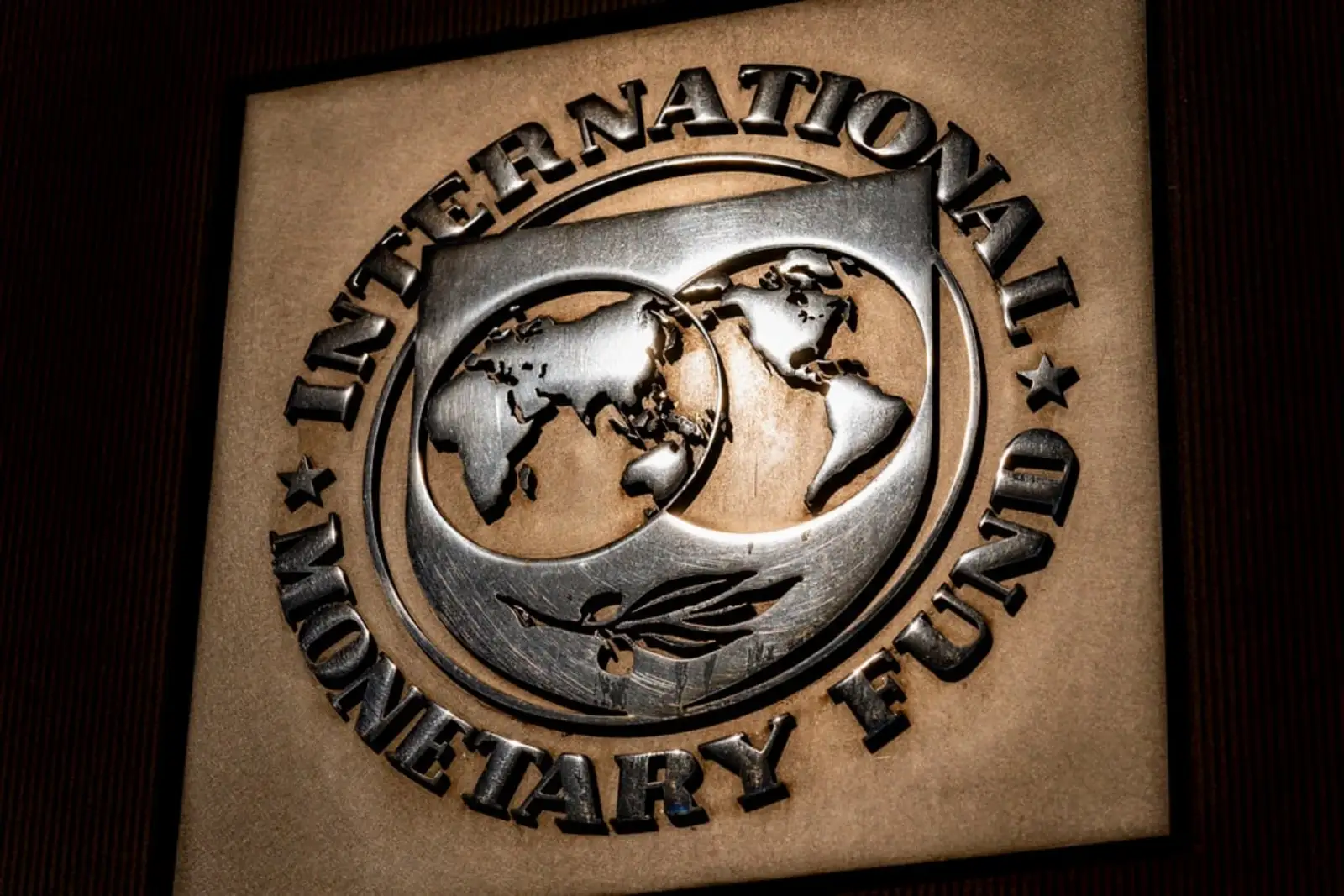In the race to build the future, South Korea has placed its bets — and the stakes couldn’t be higher. With a fresh support package worth 33 trillion won ($23.25 billion), the South Korean government is signaling to the world that its semiconductor industry is not just vital to its economy — it’s a matter of national survival.
Beneath the numbers, policy announcements, and ministry statements, this story is deeply human. It’s about a nation navigating uncertainty, industries facing rising geopolitical headwinds, and a world waking up to the reality that tiny chips power everything — from your smartphone and your car to your national defense system.
Let’s explore how this new support package is more than a financial boost. It’s a bold declaration that South Korea is not backing down.
A Lifeline in Uncertain Times
The global semiconductor landscape is no longer just a technical playing field. It’s a geopolitical battleground. As U.S. tariffs loom and Chinese rivals accelerate their chip ambitions, the ground beneath global chipmakers is constantly shifting.
South Korea, the world’s fourth-largest economy and home to tech giants like Samsung Electronics and SK Hynix, finds itself at a crossroads. On one side, its semiconductor exports are surging — totaling $141.9 billion in 2024 — accounting for 21% of national exports. On the other, it’s grappling with shifting trade policies and rising global competition.
The government’s decision to raise its chip support package from 26 trillion won to 33 trillion won is not just an economic decision — it’s a strategic pivot to protect its crown jewel in the global economy.
Chips: The Brains of the Modern World
To understand why this matters, we need to recognize the role chips play in our daily lives. Semiconductors are the brains of modern electronics. Without them, the smartphone you scroll through, the AI you speak to, the car you drive, and even the plane you board wouldn’t function.
And yet, despite their tiny size, chips have become a source of political tension.
With Donald Trump’s administration hinting at new tariffs on imported semiconductors, uncertainty hangs in the air like smog. For South Korea, whose chip exports to the U.S. alone reached $10.7 billion, such ambiguity is dangerous. Tariffs could inflate costs, disturb supply chains, and — perhaps most worryingly — hand an edge to competitors like China.
Government as a Partner, Not Just a Regulator
In a rare show of unity, several South Korean ministries, including the trade ministry and the finance ministry, came together to announce the updated chip support package. This isn’t just bureaucratic talk — it’s a powerful message: the government stands with industry.
Finance Minister Choi Sang-mok emphasized active diplomacy with Washington, aiming to minimize damage from U.S. tariff decisions. But while the diplomacy plays out, the real work is being done at home — with boosted financial assistance, more generous tax cuts, and strategic subsidies for R&D and production.
This level of intervention shows that South Korea sees semiconductors not as a product, but as a national asset. It’s not just about protecting businesses — it’s about securing the country’s technological future.
Samsung and SK Hynix: Giants With a New Mission
South Korea may dominate the memory chip segment globally, thanks to Samsung and SK Hynix, but in other crucial areas — chip design and foundry services — it faces stiff competition.
That’s where this package becomes critical. The additional funding can empower South Korean firms to leap ahead in research, diversify their chip portfolio, and invest in AI-driven semiconductors, which are increasingly powering everything from ChatGPT-like models to autonomous vehicles.
The support also ensures that local firms aren’t left scrambling when competing against heavily subsidized competitors in China or the U.S.
Beyond Chips: A Pattern of Protection
Interestingly, this move follows another recent decision by Seoul: an emergency support package for its automotive sector, which, like semiconductors, is also facing heat from U.S. tariffs.
The government offered financial aid, tax relief, and market expansion efforts to cushion the auto industry from external shocks. These decisions reflect a broader shift in South Korea’s economic strategy: the government is no longer a passive observer but an active partner in protecting and promoting national industries.
A Glimpse Into the Future
The global semiconductor war is no longer just a commercial one. It’s about influence, power, and self-sufficiency. Countries around the world are racing to become chip-independent. The U.S. has passed its own CHIPS and Science Act, while China has funneled billions into localizing production.
In this high-stakes contest, South Korea’s $23 billion package is both a shield and a spear. It protects local firms from external shocks while also pushing them to innovate, expand, and lead.
And it matters — not just for Korea, but for the world.
Why? Because in an increasingly digital world, whoever controls the chips controls the future.




